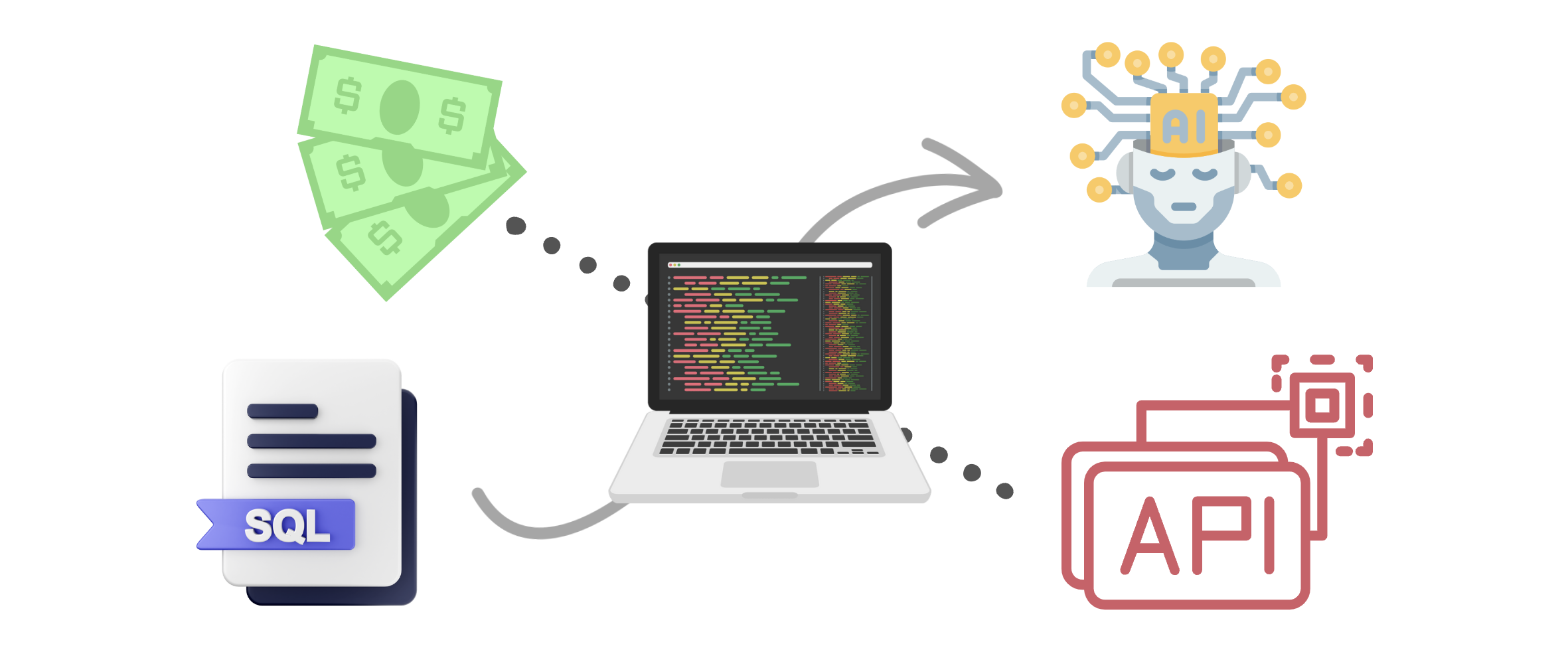I have a new project to store information from REST responses into an IRIS database. I’ll need to sync information from at least two dozen separate REST endpoints, which means creating nearly that many ObjectScript classes to store the results from those endpoints.

.png)
.png)

.png)
.png)

.png)
.png)


.png)
